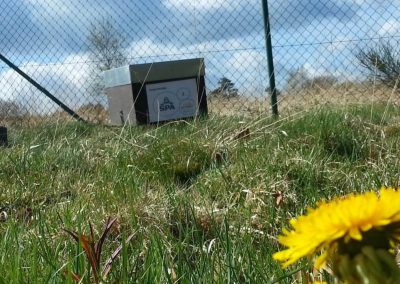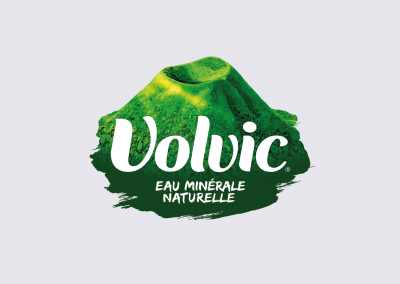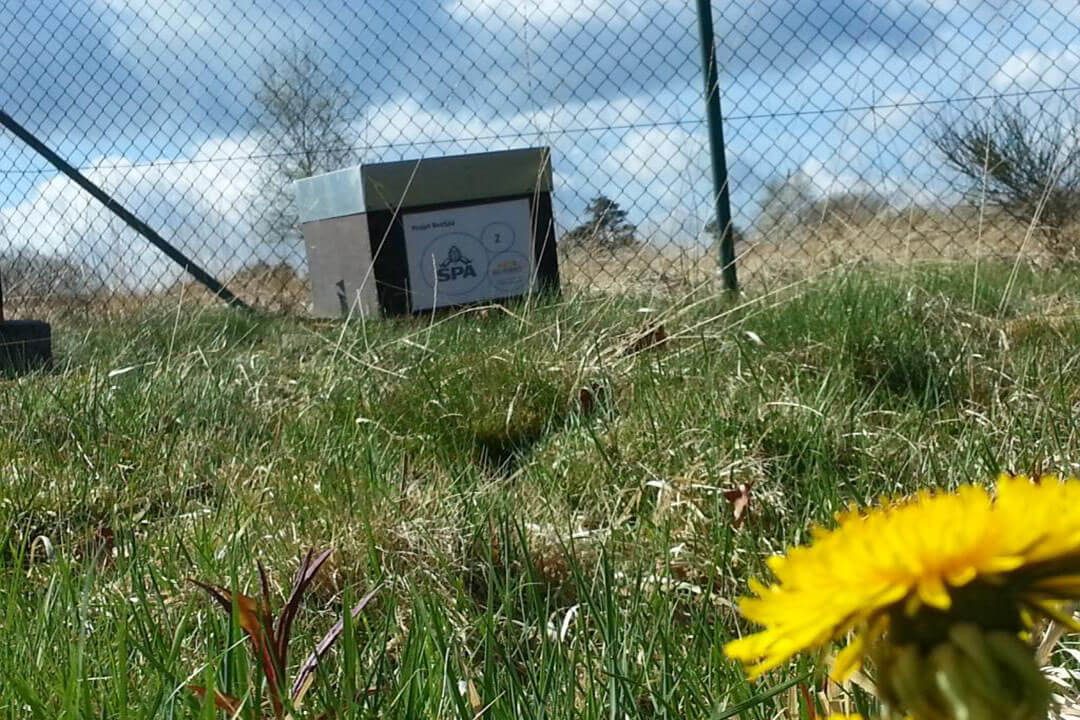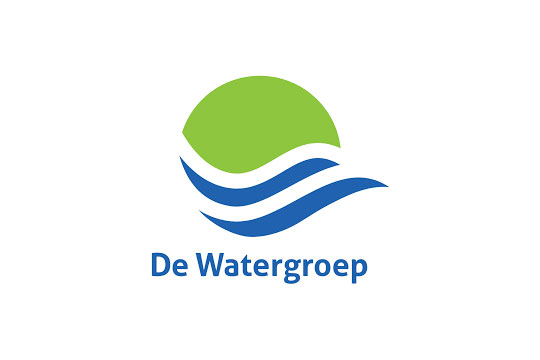Water
Water producers & distributors
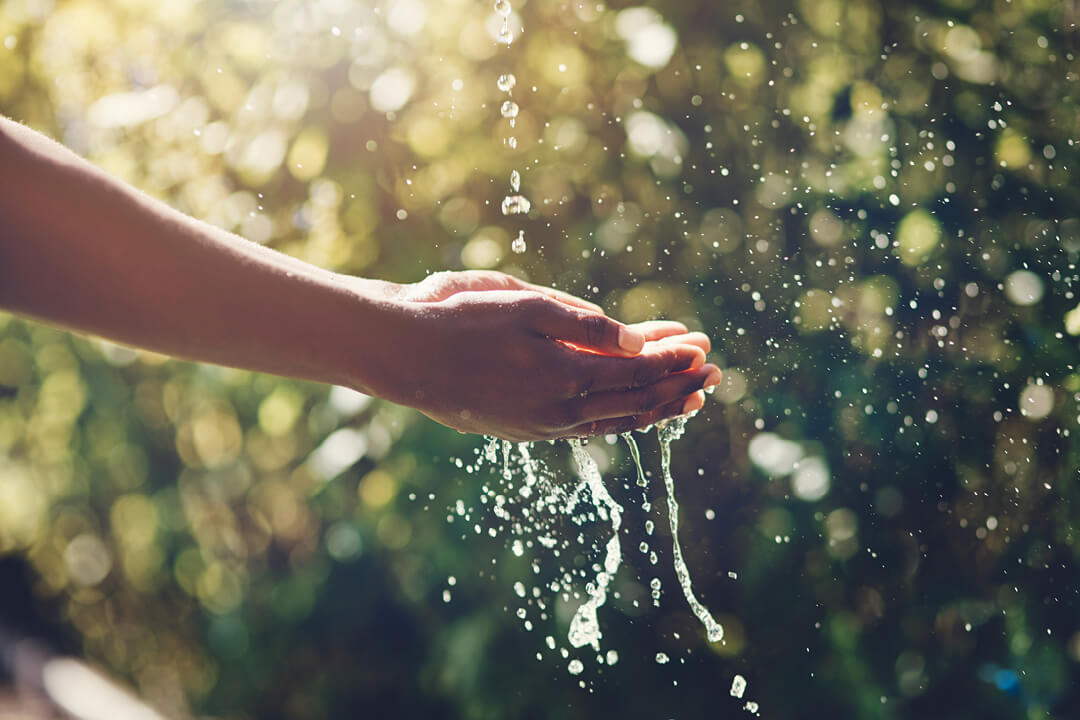
Requirements
- Industrial and agricultural pollution pose a serious risk to the quality of our water. What’s more, it may take a while before it reaches the water catchment points and is identified through sampling. While it is essential to monitor the environment upstream, there isn’t a tool that is able to cover a sector as large as a water catchment area.
- Our clients want to involve the local communities in their efforts to protect the environment and the quality of our water. To do so, they need indicators, data they can share, expertise and stakeholder activities and the neutrality of a third party.
- The presence of a large number of different kinds of animals and plants is a sign that all is well with the environment. This also means that the quality of that biodiversity is an excellent indicator of the impact the protective measures have on a water catchment area. Our customers need expertise to come up with solutions that reduce pollutants and increase biodiversity.
- An innovative programme that boosts biodiversity and reduces pollution is a differentiator in calls for tenders and may even be a sine qua non for the authorities.
- Our partners were looking for numerical indicators to help them take the right decisions and communicate about the quality of their sites. Some partners have been taking measures for decades but were unable to promote their approach in their communication strategy.
Customer returns
- A reduction in the risk that the quality of the water, its current or future sales, or the catchment area itself, may be affected by pollution.
- Communication about the environmental quality of the catchment areas, and hence the quality of the water, on the basis of numerical indicators. Greater site and product visibility.
- On-going programme to protect the catchment area that no longer centres around the partner only but around all the local stakeholders.
Achievements
Monitoring
- Identification and quantification of pollutants and plant species by means of BeeOmonitoring (700 ha per site).
Advice and simulation
- An analysis of the toxicity, the origins and the impact of pollutants and a selection of possible solutions.
- An analysis of the quality of the plant species for the ecosystem as a whole, advice on how to improve matters and amenities that are conducive to the regeneration of biodiversity.
Measures
- Indicators of the impact of the measures taken, a comparison between sites and the production of guides to good practices.
- Implementation of a programme that involves the local community with the aim of protecting the water catchment areas (e.g.: local clubs, farmers and wine-growers, research institutes, nature reserve, municipalities…).
To change tomorrow, contact us today
Want to halt the loss of biodiversity and create value? Do you have an idea or do you want to find out more about our approach and our services ?
Complete the form below and we will get back to you as soon as possible.
Terms of service & General conditions of use
BeeOdiversity develops projects in several European countries, Switzerland and the United States. Its tools and services can be used the world over.
To contact us from Belgium and abroad : +32 2 428 00 82
Head office :
Avenue Arnaud Fraiteur 15-23
1050 Brussels, Belgium
